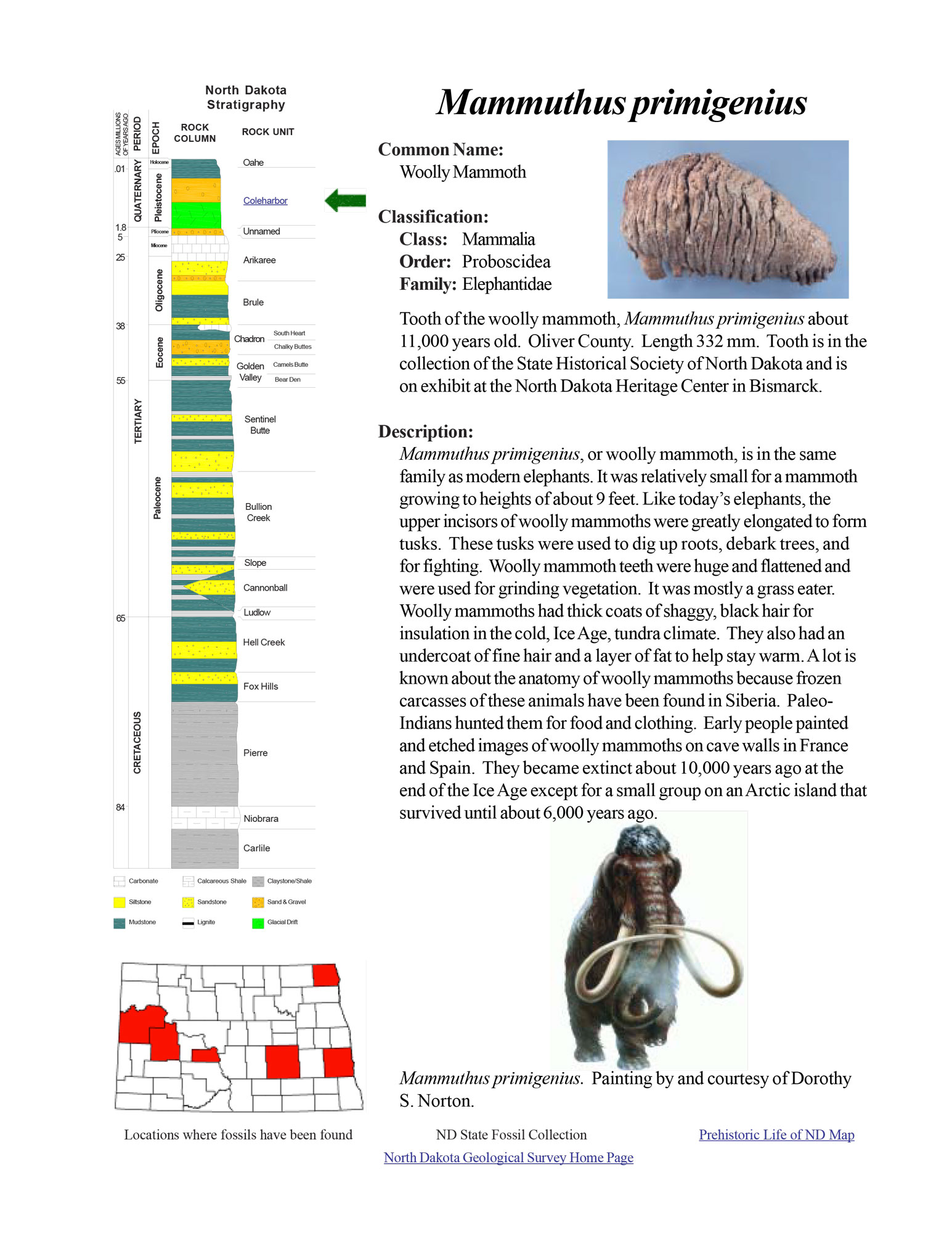
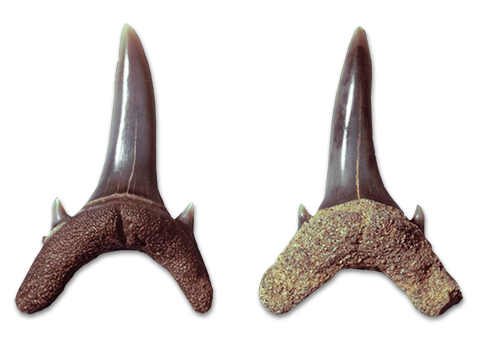
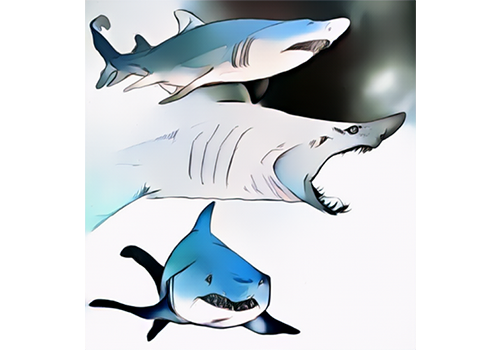
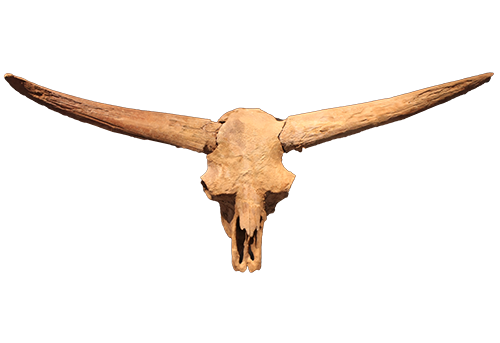
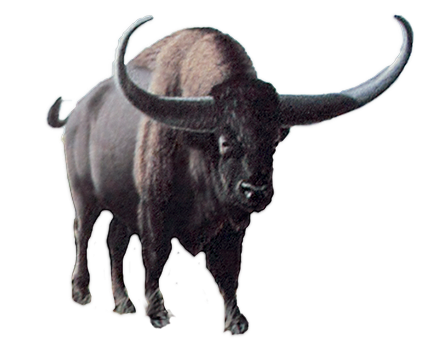
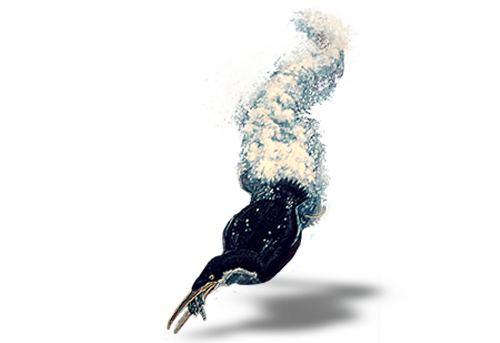
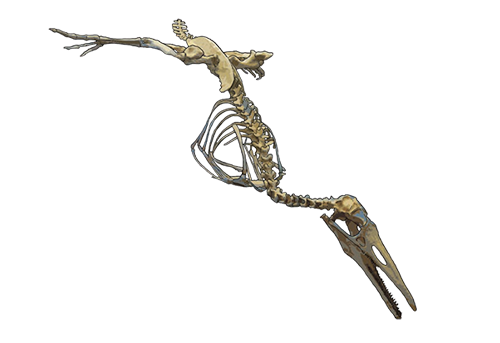
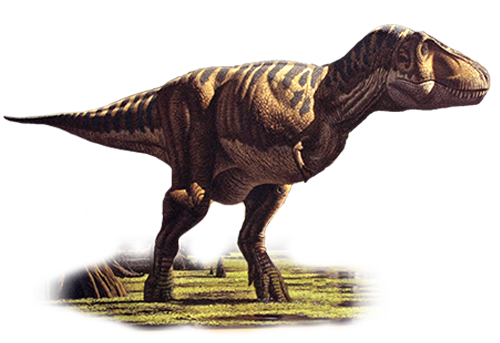
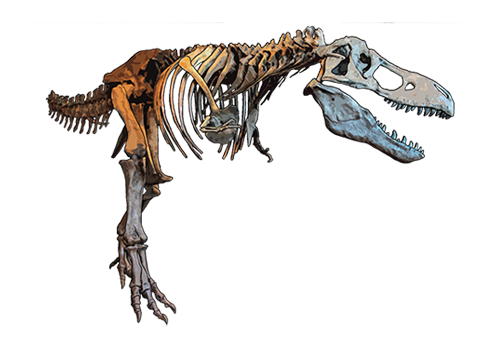








Match Game
It is an important skill for paleontologists to be able to sort through the fossils found at a site and compare and contrast all the parts that are found, and figure out how to put them back together like puzzle pieces. See how well you do on this matching game. Identify which pieces look the same.
Press the  button when two shapes match OR if the skeleton belongs to the picture of the animal.
button when two shapes match OR if the skeleton belongs to the picture of the animal.
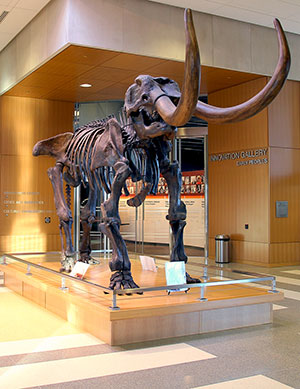
The Highgate Mastodon, on display at the North Dakota Heritage Center & State Museum in Bismarck, was once stored in boxes with all the individual bones disarticulated, or unattached to each other. It was found in Canada in 1890.
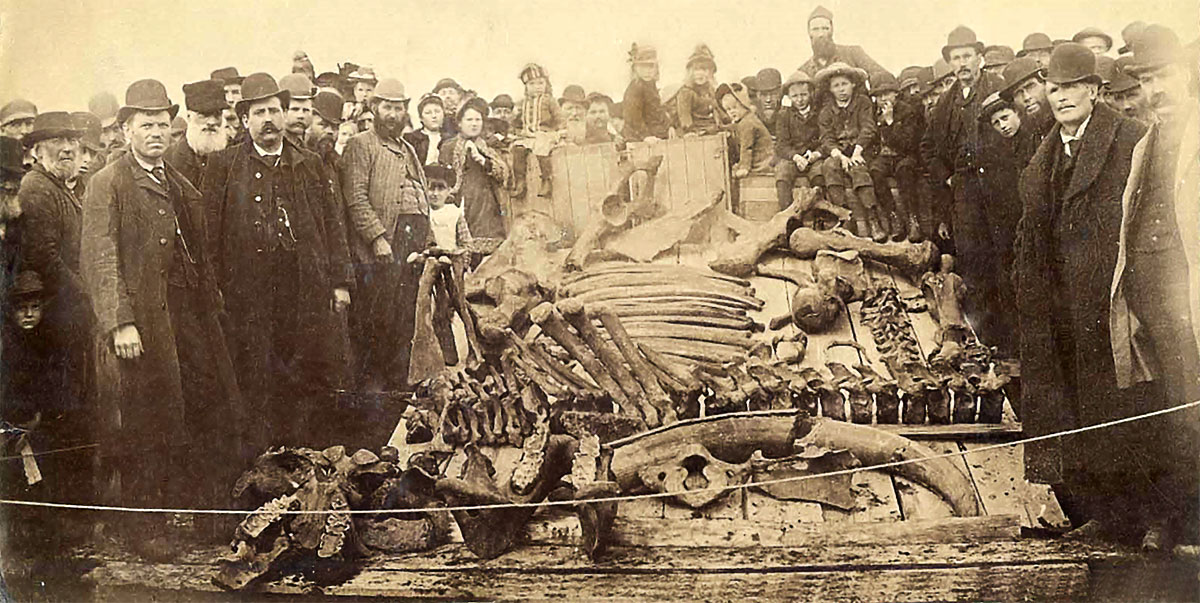
How can we tell the difference between a Mammoth and a Mastodon?
The fastest way to tell is by the teeth. Mammoth teeth are very similar to modern elephant teeth. The occlusal (grinding) surface looks kind of like the bottom of a sneaker, narrow and long, with many ridges to mash their food into pulp. You can see a Mammoth tooth inside the Adaptation Gallery: Geologic Time. Mastodon teeth look like a gathering of little mountains, or cone-like ridges - what you will find in the hallway skeleton.
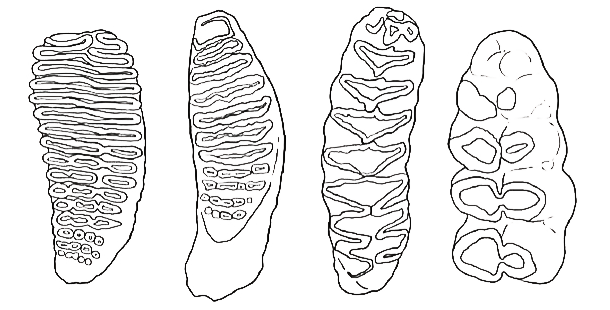
Left to right: Mammoth, Indian elephant, African elephant, Mastodon
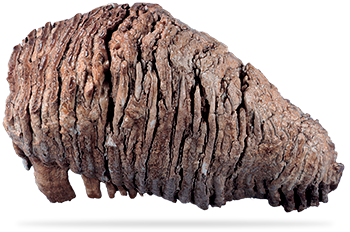
Mammoth tooth fossil
On exhibit at the North Dakota Heritage Center & State Museum
So why the difference in teeth? Different teeth mean a different food source. These similar-looking animals could live at the same time and not compete with each other, because they ate different things. The teeth of a Mammoth, with that multi-ridged grinding surface, is perfect for mashing rough grasses and forbs (like carrots and alfalfa) to a pulp. Meanwhile Mastodons apparently sought out lush greens like leaves, moss, sedges, or other wetlands vegetation. Stomach contents of both Mammoth and Mastodon have been found in well preserved carcasses.